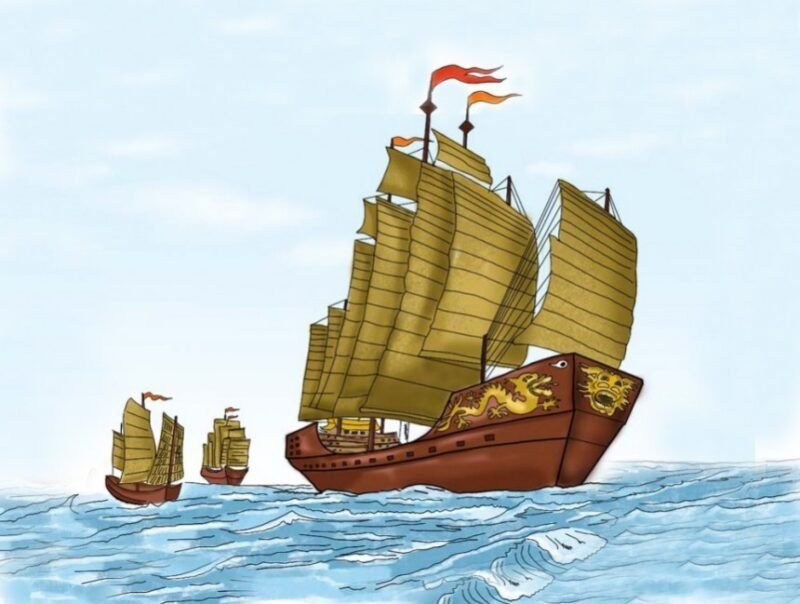The Chola dynasty, an ancient South Indian empire, is renowned for its remarkable naval achievements. The Chola Navy, often hailed as the world’s first blue-water maritime force, played a pivotal role in expanding the empire’s territorial reach and securing its dominance over the seas. This article delves into the historical significance of the Chola Navy, exploring its innovative naval strategies, technological advancements, and cultural influence that paved the way for successful maritime conquests.
The Chola dynasty, which flourished between the 9th and 13th centuries in present-day Tamil Nadu, stood as one of the most influential powers in the Indian subcontinent. The Cholas’ sovereignty extended beyond the mainland to include Sri Lanka, the Maldives, and parts of Southeast Asia. The foundation of their territorial expansion rested on their mighty naval force, the Chola Navy.
The Chola Navy excelled in its strategic planning, shipbuilding techniques, and military organization. The empire’s naval dominance can be attributed to its innovative maritime strategies. The Cholas understood the importance of a well-equipped navy and invested heavily in shipbuilding, continuously refining their vessel designs to suit the challenges of the open seas.
The Chola Navy introduced warships known as “Kattumarams” or “Kattus,” which were sturdier than contemporary vessels due to their wooden planking and iron nails. These ships were crafted to withstand the tumultuous oceanic conditions and possessed superior maneuverability, enabling the Cholas to engage in naval warfare with great agility.
Furthermore, the Chola Navy achieved remarkable feats with its advanced naval artillery systems. The “Uru,” a large warship, was armed with sophisticated weaponry, including the “Kunjara,” a giant crossbow-like weapon capable of launching large bolts or stones. The Cholas’ mastery of naval warfare was also evident in their usage of incendiary weapons like “Agni Bana” to set enemy ships ablaze.
Beyond military conquests, the Chola Navy played a crucial role in expanding cultural exchanges and facilitating trade networks. Maritime trade was a significant source of wealth and influence for the Chola dynasty, and their naval dominance allowed them to establish prosperous trade links with Southeast Asian kingdoms, such as Srivijaya, Java, and Sumatra.
The Chola Navy’s maritime expeditions led to the spread of Indian culture, religion, and art across distant lands. Temples built by the Cholas in Southeast Asia, like the Brihadisvara Temple in Thanjavur, bear testament to their cultural legacy. Additionally, the Cholas’ naval expeditions enabled the transmission of knowledge and ideas, contributing to the development of various disciplines including astronomy, mathematics, and architecture.
The Chola Navy’s legacy extends far beyond its time. Their maritime prowess laid the groundwork for future naval advancements across the world. Numerous naval powers, including the Portuguese, Dutch, and British, drew inspiration from the Cholas’ naval strategies and shipbuilding techniques.
Furthermore, the Chola Navy’s influence is still evident in the practices of the modern Indian Navy. The Indian Navy’s maritime traditions, such as the hoisting of colorful flags and conducting ceremonial water parades, can be traced back to the Chola Navy’s customs.
The Chola Navy’s indomitable spirit, strategic brilliance, and technological advances positioned it as the world’s first blue-water maritime force. Their achievements in shipbuilding, naval warfare, and trade paved the way for the expansion of the Chola dynasty and facilitated cultural and economic exchanges across vast regions. The Chola Navy’s legacy continues to inspire naval powers worldwide, solidifying its place in maritime history.
Share it now





